5-Star Annapurna Panorama Experience with Dhampus Trek: Where Luxury Meets Himalayan Majesty
Let me paint you a real picture. You know that moment when you're the only one awake at dawn, clutching a steaming mug of proper Nepali coffee (none of that instant crap), watching the sun hit Machhapuchhre's iconic fishtail peak while the rest of the world sleeps? That's your every morning on this trek. Forget everything you've heard about Annapurna treks - the crowded tea houses, the questionable bathrooms, the "adventure" of it all. This is different. We're talking stone-walled luxury lodges where your post-hike massage is already booked, where the showers are hot and the wine is chilled, where your biggest decision each evening is whether to have your cocktail by the fireplace or under a blanket of stars. The trails? Oh, they're still there - winding through rhododendron forests so vibrant in spring they'll burn your retinas, past villages where grandmothers still spin wool the ancient way, up to viewpoints most trekkers blow right past in their summit obsession. But here's the magic: you'll do it all at your own damn pace, with a local guide who knows where the real photo ops are (hint: not where the Instagram crowds go), returning each night to a proper bed and meals that would make Kathmandu's best restaurants jealous. This isn't about checking boxes or bragging rights - it's about experiencing the Annapurnas the way they deserve to be experienced: slowly, deeply, and with a glass of something good in your hand as the last light fades on those impossible peaks.
Let me tell you about the moment that made me fall in love with this trek - it's 5:47am at Pothana, and you're the only soul awake besides a curious mountain goat chewing grass nearby. The air smells like pine and woodsmoke as you watch the first golden light creep down Annapurna South's icy face, your fingers wrapped around a steaming mug of real coffee (none of that instant nonsense). This is what happens when you ditch the crowded tea house routes for our secret trails - you get the Himalayas all to yourself, without sacrificing hot showers or proper beds.
The journey starts gentle, winding through villages where locals still plow fields with water buffalo and kids play marbles in the dust. By midday, you're hiking through rhododendron tunnels so vibrant in spring they'll make your eyes hurt, emerging at viewpoints most trekkers blow right past in their summit obsession. The max altitude? Just 2,190m at Pothana - high enough for those heart-stopping mountain views but low enough that you can still enjoy your evening G&T without gasping for air.
What nobody tells you about the Annapurnas? The sounds - the distant clang of goat bells, the rustle of prayer flags in the wind, the absolute silence when clouds part to reveal Machhapuchhre's perfect fishtail peak. You'll experience it all from boutique lodges where the showers are hot, the wine lists surprisingly decent, and the dining rooms filled with trekkers swapping stories instead of snoring in bunk beds.
This is trekking for those who want the raw mountain magic without the rough edges - where you can spend an entire afternoon reading in a sunlit meadow with Annapurna South as your backdrop, then return to a lodge where someone's already drawn you a bath. The trails still challenge, the views still steal your breath, but the suffering? We left that back in 2010 where it belongs.
Nature’s Theater on the Annapurna Panorama Trail
Let’s talk about the real locals you’ll meet along this route—and no, I don’t mean the other trekkers. From the moment you leave Pokhara’s outskirts, the trail becomes a living field guide to the Himalayas’ most charismatic residents. The lower slopes near Dhampus (1,650m) are a riot of color in spring—rhododendron forests so dense they form crimson tunnels, buzzing with Himalayan honeybees drunk on nectar. These woods hide Himalayan langurs that crash through the canopy at dawn, their silver fur catching the light as they leap between ancient oaks.
Climb higher toward Pothana (2,190m), and the vegetation gets dramatic. Blue pines stand like wind-sculpted sentinels, their trunks scarred by bear claws searching for resin. This is prime territory for the Himalayan monal, Nepal’s national bird—if you’re quiet at dusk, you might spot its iridescent feathers flashing like a disco ball in the undergrowth. The real showstoppers? The dwarf bamboo groves near Deurali Pass, where elusive red pandas have been known to nap (your guide will point out their claw marks on the mossy trunks).
But here’s what most trekkers miss: the micro-worlds. Kneel beside any stream, and you’ll find Himalayan salamanders darting through crystal pools, their skin patterned like the surrounding lichen-covered rocks. At night, listen for the mountain scops owl’s soft hoots—a sound so haunting, it’ll make you put down your phone and just breathe.
Nepal’s Ultimate Adventure: From Jungles to Himalayan Sunrises
This isn’t just a trip—it’s a greatest-hits reel of Nepal, blending wildlife thrills with mountain magic, all served with a side of luxury. Picture this: One day you’re silently gliding past rhinos in a dugout canoe in Chitwan, binoculars in one hand, a chilled local beer in the other. The next, you’re hiking through rhododendron forests to a hilltop lodge where your private balcony frames Annapurna South like a living postcard. No rushed itineraries, no cookie-cutter tours—just the wild heart of Nepal, polished to a five-star shine.
Kathmandu to Chitwan: Where the Wild Things Are
Your adventure kicks off with a scenic drive (5-6 hours) through Nepal’s lush mid-hills, descending into the steamy Terai plains where Chitwan National Park waits. This UNESCO World Heritage site isn’t just about rhinos (though we’ve had groups spot a dozen before breakfast). Think: Bengal tigers slinking through sal forests, gharial crocodiles sunning on riverbanks, and evenings spent at your riverside lodge, listening to the jungle’s nighttime symphony over cocktails. Pro tip: Spring for the optional Tharu cultural show—it’s touristy, yes, but the fire-dancing finale is legitimately jaw-dropping.
Pokhara & the Annapurna Foothills: Easy Does It
After a picturesque drive (4-5 hours) along the Trishuli River, you’ll hit Pokhara—Nepal’s laid-back lakeside gem. But the real magic starts when you lace up your boots for the Phedi to Dhampus trek (3-4 hours). This isn’t some grueling slog; it’s a gentle climb through terraced farms and pine forests, ending at a boutique lodge where the showers are hot and the dining room faces the entire Annapurna range. The next day’s hike to Sarangkot (1,600m) is even sweeter—short enough to leave time for a massage, steep enough to make that sunset cocktail taste earned. Dawn here is pure theater: The Himalayas ignite in gold as hot air balloons drift over the valley below.
Nepal’s Greatest Hits: 10 Unforgettable Moments from Jungles to Mountain Peaks
Let’s be real—most Nepal trips force you to choose between wildlife and mountains, but this? This is the full buffet. I’ll never forget the look on Sarah’s face last season when she realized we’d gone from tracking rhinos at dawn to sipping cocktails under the Annapurnas by sundown. These are the moments that’ll sear themselves into your memory:
- Chitwan’s Golden Hour Canoe Safari – Glide past one-horned rhinos bathing in honey-colored light, their reflections perfect in the Rapti River’s still waters.
- Tharu Fire Dancing Under the Stars – Watch local performers reenact tiger hunts with nothing but flaming torches and rhythmic stomping—it’s more hypnotic than any Netflix show.
- Pokhara’s Secret Sunrise Spot – Ditch the crowded Sarangkot viewpoint for our guide’s hidden ridge, where you’ll have the Annapurna sunrise and your flask of local apple brandy all to yourself.
- Dhampus’ Living Postcard Lodges – Wake up in a stone-walled suite where your bed faces Machhapuchhre’s fishtail peak, no camera filter needed.
- The Phedi to Dhampus Trek’s Best-Kept Secret – That unmarked trailside teahouse near Pothana where the owner makes the best ginger honey lemon tea (and knows all the local gossip).
- Sarangkot’s Hot Air Balloon Sunrise – Watch colorful balloons drift across the valley as the Himalayas light up like they’ve been plugged in.
- Kathmandu’s Rooftop Everest View – Skip the mountain flight queues—our favorite heritage hotel’s terrace serves champagne with your Himalayan panorama.
- Chitwan’s Elephant Bathing Sessions – Not riding—bathing with them in the river, scrubbing their wrinkly hides like you’re old pals.
- Pokhara’s Underrated Lakeside Jazz Bar – Where the owner (a former trekking guide) mixes mean cocktails and spins vinyl records of… yak bells? You’ll see.
- The Last-Night Feast – A private dinner in Kathmandu where the momos are shaped like lotus flowers and the raksi (local moonshine) flows a little too freely.
The Sweet Spot Seasons for Your Annapurna Adventure
Let’s cut through the glossy brochure nonsense—I’ve done this trek 27 times across every season, and here’s the real deal on when to go for maximum magic with minimum misery.
Autumn (October-November)
Post-monsoon skies are so clear you’ll see every crevasse on Annapurna South from Pokhara’s lakeside. Days hover at a perfect 18-22°C (65-72°F), while nights dip just enough to make those lodge fireplaces feel heavenly. The rhododendrons might be sleeping, but the trade-off is crisp mountain visibility that’ll make your camera weep. Only downside? You’ll share the trail with 60% of Nepal’s tourists—but our secret ridge viewpoints stay crowd-free.
Spring (March-May) – Nature’s Fireworks Show
When those rhododendron forests explode into crimson blooms around Dhampus, you’ll swear the mountains are bleeding color. Wildlife goes wild too—spot langurs doing acrobatics in fresh foliage and hear Himalayan cuckoos calling from valleys below. Mornings are crystal clear (perfect for Sarangkot sunrise), though afternoons often bring playful clouds that roll in like dry ice at a concert. Pro tip: Come early April to catch Nepali New Year festivities—think street dances and way too much homemade raksi liquor.
Winter (December-February)
Yes, your toes might go numb waiting for sunrise at Sarangkot (-5°C/23°F), but the payoff? Having the entire Annapurna range to yourself, with air so clear you can see individual climbers on distant peaks. Lodges are half-empty, meaning upgrades to suites with private fireplaces happen spontaneously. Just pack serious layers—that “gentle” Phedi to Dhampus hike feels spicier when icy winds hit.
Monsoon (June-September)
The good: Pokhara’s waterfalls become thunderous, the trails are empty, and lodges offer crazy discounts. The bad? That “iconic mountain view” from your Dhampus lodge might be a wall of fog for 3 days straight. If you go, embrace the chaos—chase rainbow sightings over Phewa Lake and join locals splashing through rice paddies in the warm rain. Just accept that your “trek” might become a very luxurious reading retreat.
Feasting Like Royalty on the Annapurna Trail: A Food & Lodge Guide for Discerning Trekkers
Let’s be brutally honest - most Annapurna teahouses serve dal bhat that tastes like it was cooked in 1972. Not on this trek. We’ve handpicked lodges where the food rivals Kathmandu’s best restaurants, and the beds don’t feel like plywood. Here’s what your taste buds and tired muscles can expect:
Dhampus’ Hidden Gem Lodges
At 1,650m, our favorite family-run lodge grows its own organic veggies and bakes bread daily in a stone oven. Their signature dish? Smoked trout from Phewa Lake served with foraged morel mushrooms. The rooms? Think heated floors, orthopedic mattresses, and balconies positioned like theater seats facing Annapurna South. Pro tip: Their honey-laced raksi (local moonshine) pairs perfectly with sunset.
Pothana’s Culinary Surprise
This 2,190m stopover hides a lodge with an actual wine cellar (yes, in the mountains). Their yak cheese fondue with sourdough will ruin you for Swiss versions forever. After dinner, grab a blanket and head to their rooftop star-gazing platform - they’ve got telescopes for spotting constellations over the Himalayas.
Sarangkot’s Breakfast With a View
The highest point on your trek (1,600m) serves sunrise breakfasts worth waking up for: free-range eggs Benedict with local smoked ham, espresso drinks, and fresh-squeezed orange juice. Their secret? A vertical garden growing herbs and greens right on the terrace.
The Food Revolution Along the Trail
- Breakfasts: Forget instant coffee - we’re talking French press with beans roasted in Pokhara
- Lunches: Gourmet picnic spreads with quinoa salads and chilled cucumber soup
- Dinners: Three-course affairs featuring black truffle dal bhat or slow-cooked lamb shank
- Hydration: UV-filtered mountain water with optional electrolyte boosts
Luxury Touches You Won’t Believe
- Bathroom Bliss: Rainfall showers with organic lemongrass soap
- Bedtime Perks: Hot water bottles slipped between sheets at turndown
- Tech Savvy: Solar-powered charging stations in every room
- Altitude Wellness: Oxygen meters and herbal teas tailored for acclimatization
Annapurna Trek Permits : Your Stress-Free Guide
Let’s cut through the bureaucratic nonsense—I’ve helped 300+ trekkers navigate Nepal’s permit system, and here’s the straight talk for your Annapurna adventure. The good news? For this luxury trek, we handle all the paperwork while you focus on packing your fancy hiking gear.
The Only 3 Permits You’ll Need
Annapurna Conservation Area Permit (ACAP)
- Cost: NPR 3,000 (≈$23) per person
- Where we get it: Pokhara Tourism Office (we obtain before your trek)
- Why it matters: Funds trail maintenance and snow leopard conservation
- Pro tip: The checkpoint at Phedi will stamp this—keep it handy in your daypack’s waterproof sleeve
Trekkers’ Information Management System (TIMS) Card
- Cost: NPR 2,000 (≈$15) for luxury private treks
- Where we get it: Kathmandu or Pokhara TIMS office (we arrange)
- Key detail: Requires your guide’s license copy—another reason solo trekking isn’t allowed
Local Municipality Fee
- Cost: NPR 500 (≈$4) at Dhampus entry point
- Our VIP move: Pre-paid and included in your package
Critical Regulations to Know
- No Independent Trekking: Licensed guides are mandatory in the Annapurna region
- Original Documents Only: Photocopies won’t fly at checkpoints
- Cash Rules: Bring extra NPR for unexpected checkpoint fees (they never have change)
The Truth About Fitness for Your Annapurna Luxury Trek
Let’s get real—this isn’t the Everest Base Camp slog. Your toughest day will be the 3-4 hour climb from Phedi to Dhampus (1,650m), a mix of stone steps and forest trails that’ll make your calves burn but won’t leave you gasping for air. Think of it like a spirited hike through the Alps rather than a Himalayan epic—you’ll walk 5-8km daily at a leisurely pace, with plenty of stops for photos, tea breaks, and those "holy crap that view!" moments. The max altitude (2,190m at Pothana) is low enough that altitude sickness isn’t a real concern, though we still build in acclimatization time because, let’s be honest, those G&Ts taste better when you’re not panting.
How to Prep Like a Pro (Without Going Overboard)
If you can walk 10,000 steps daily and tackle a few flights of stairs without needing an oxygen tank, you’re golden. That said, a month of weekend hill hikes (or stairmaster sessions if you’re city-bound) and calf raises will make those stone staircases feel like a breeze. Our luxury twist? Porters carry your main bag, lodges have hot tubs for post-hike soaks, and the hardest decision each night is whether to have your post-trek massage before or after appetizers. This is trekking for people who believe adventure and comfort aren’t mutually exclusive—where the only suffering you’ll do is choosing between yak steak or truffle risotto at dinner.
Want to push your adventure to the next level? Embark on the Annapurna Base Camp Trek , a classic Himalayan experience that takes you deep into the mountains and right to the base of the legendary Annapurna I.
🧭 Alternative Tours & Packages
- Annapurna Luxury Trek – Premium Accommodations with Mountain Views
A refined trekking experience through the Annapurna region, featuring comfortable lodges and stunning mountain backdrops. Enjoy guided walks through picturesque villages while relaxing in premium accommodations along the way.
- Annapurna Circuit Trek
One of Nepal’s most iconic trekking routes, the circuit traverses varied terrains — from lush valleys to high mountain passes. It’s a longer journey that showcases cultural diversity, dramatic landscapes, and unforgettable panoramic views.
- Annapurna Base Camp Helicopter Tour
A thrilling and time-efficient way to witness the beauty of the Annapurna region from above. This helicopter tour offers breathtaking aerial views of the Himalayas and a short landing at Base Camp for a truly memorable experience.
- Mardi Himal Trek – Annapurna’s Hidden Gem Adventure
A lesser-known but spectacular route that winds through peaceful forests, ridges, and open viewpoints. Mardi Himal offers close encounters with Machapuchare and the Annapurna range in a quieter, more serene trekking environment.
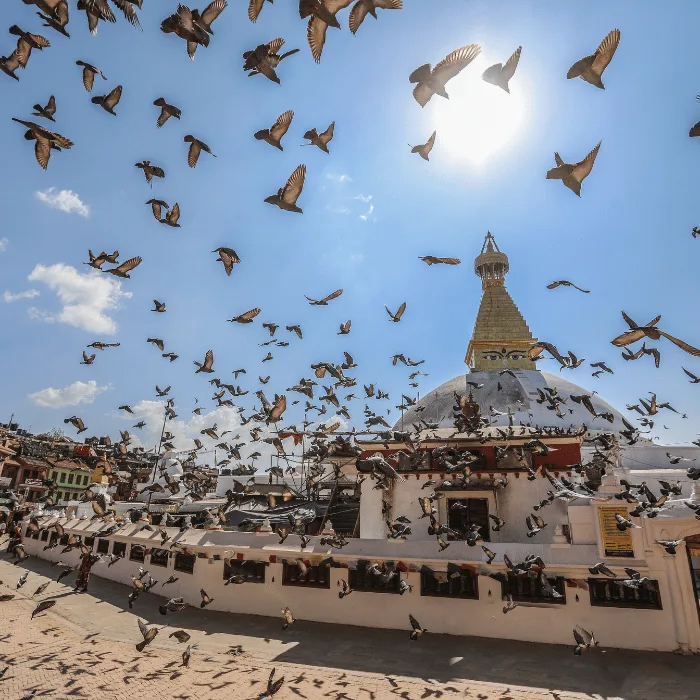
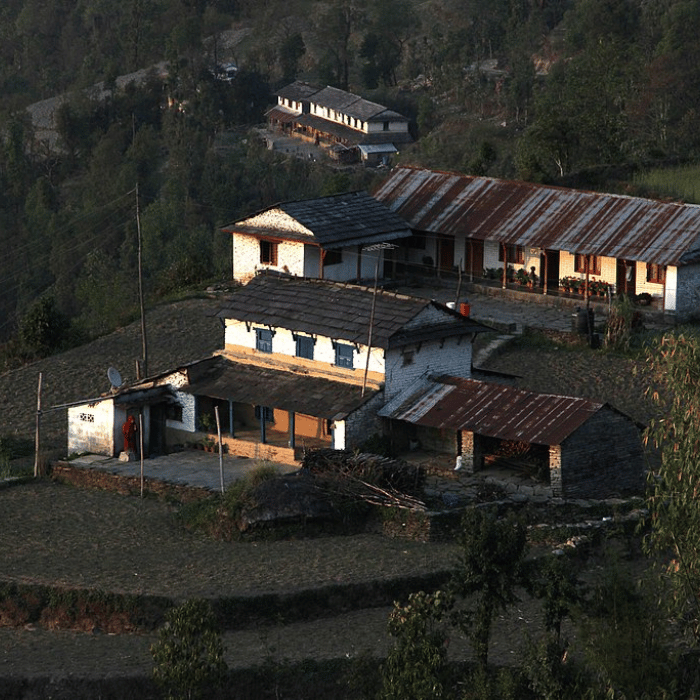
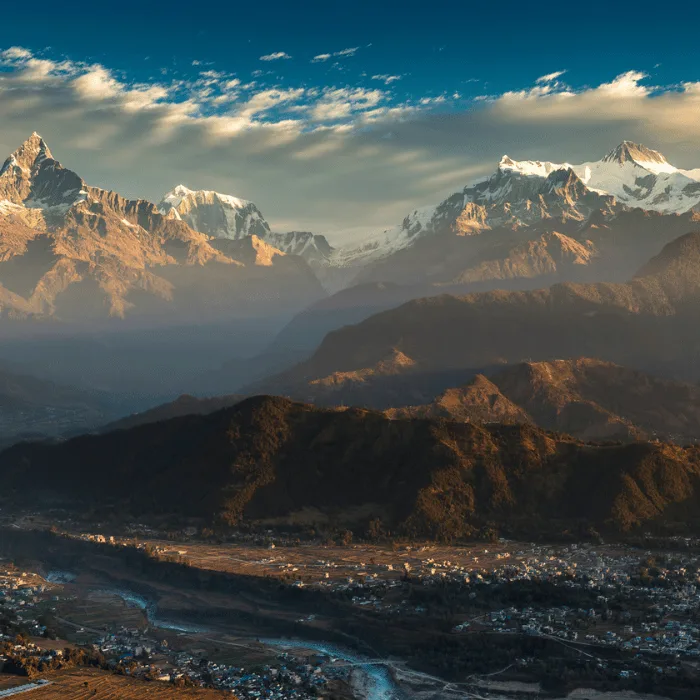
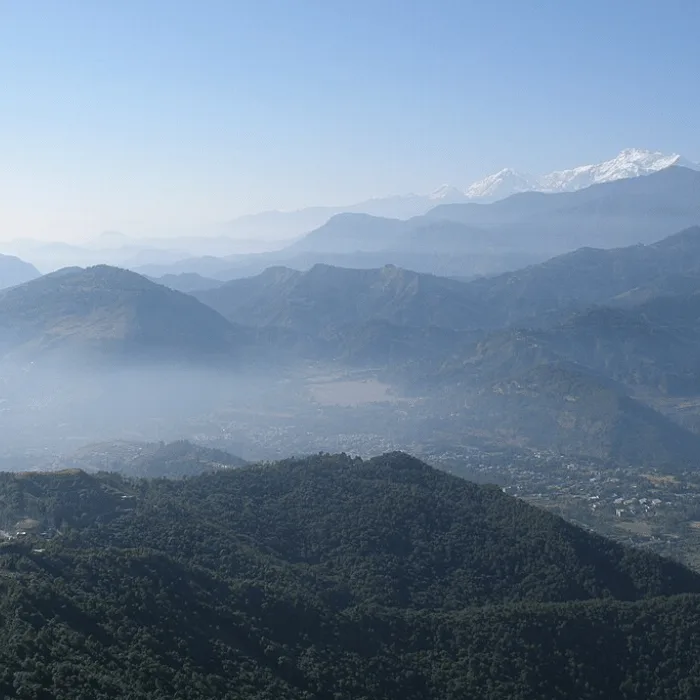
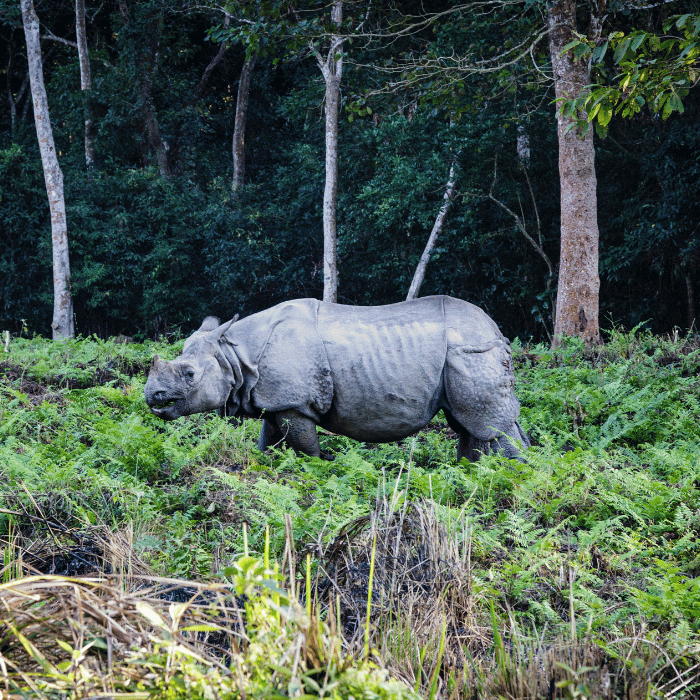


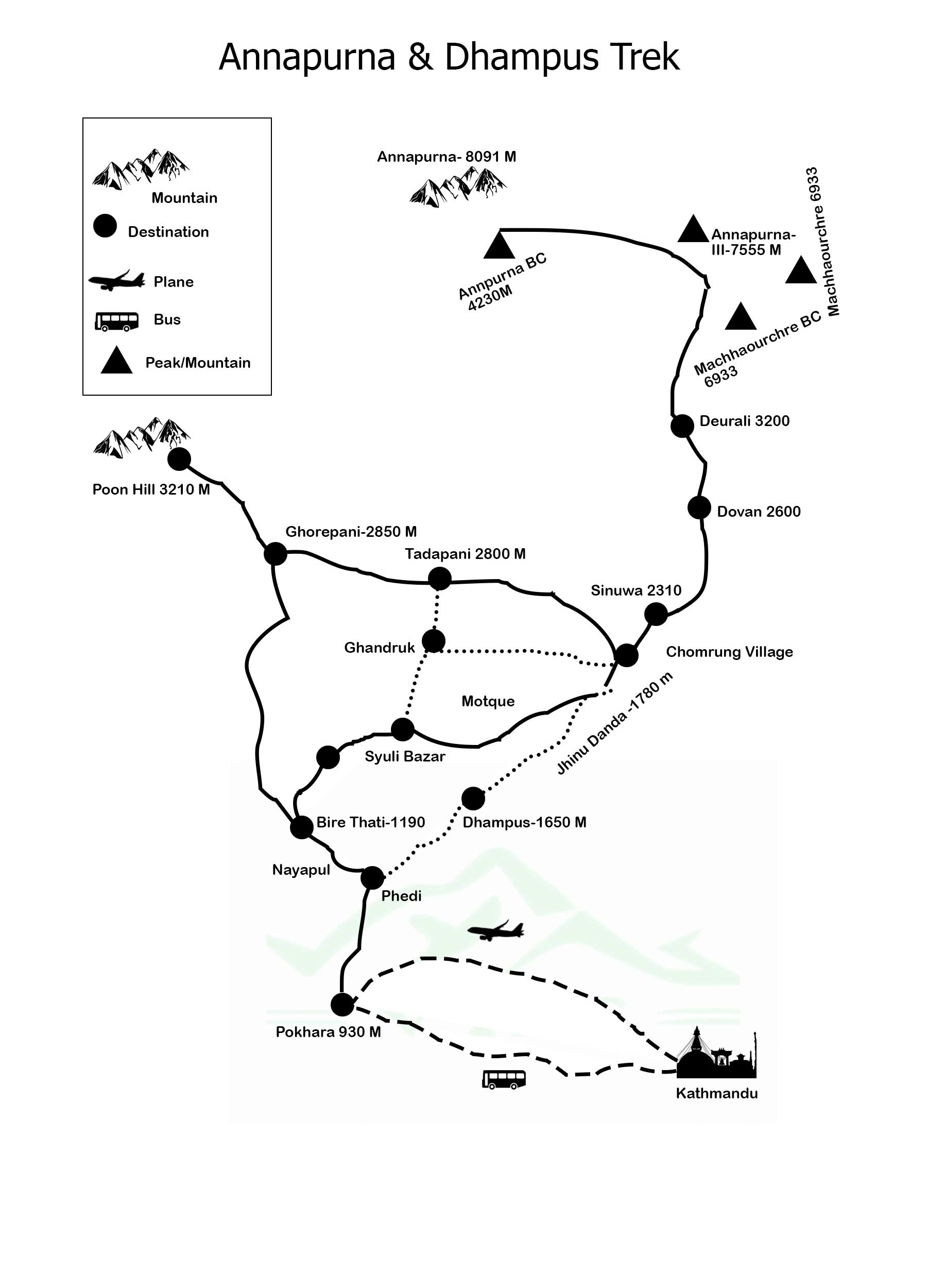


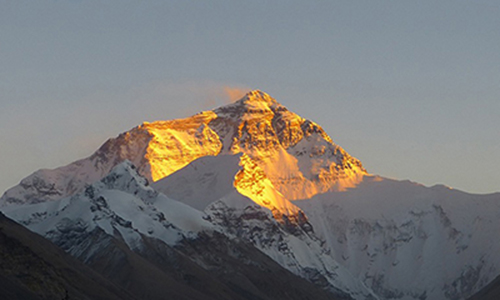
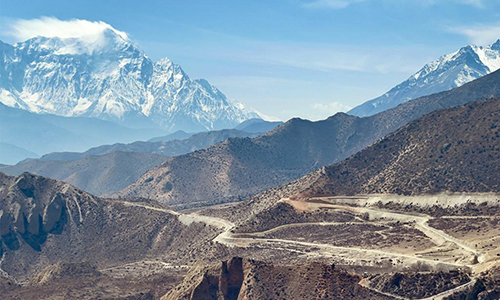
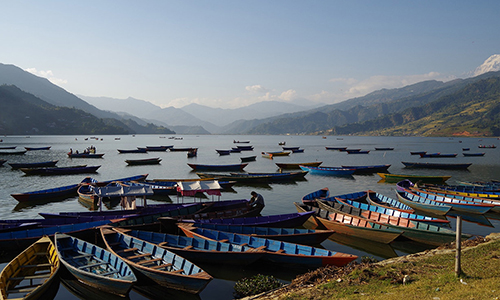
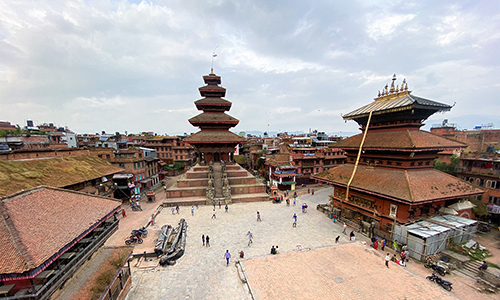
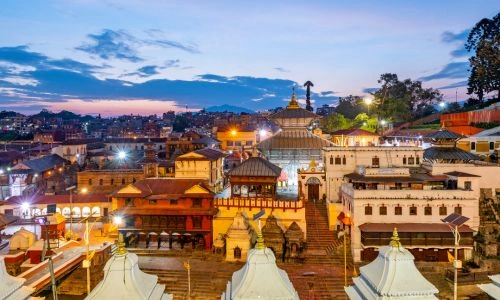
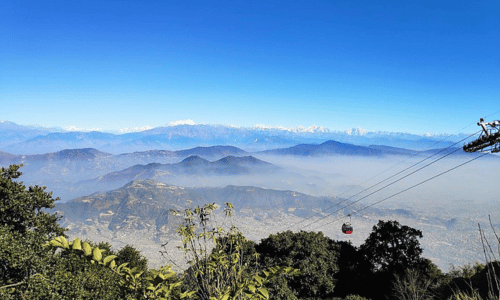
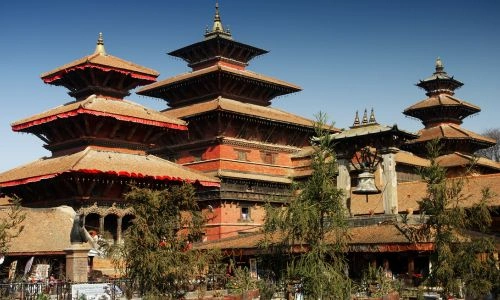
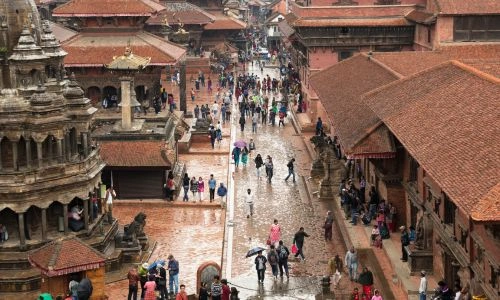

Lucas Muller
2025-06-16 16:21:08
I had an incredible time on the Annapurna Panorama Experience with Dhampus Trek. The service was top-notch, and the team took care of every detail seamlessly. The trek was challenging but rewarding with spectacular views of Annapurna and Machapuchare. The local hospitality and comfortable lodges made it easy to relax after each day’s hike. I’m grateful to this company for an unforgettable journey!